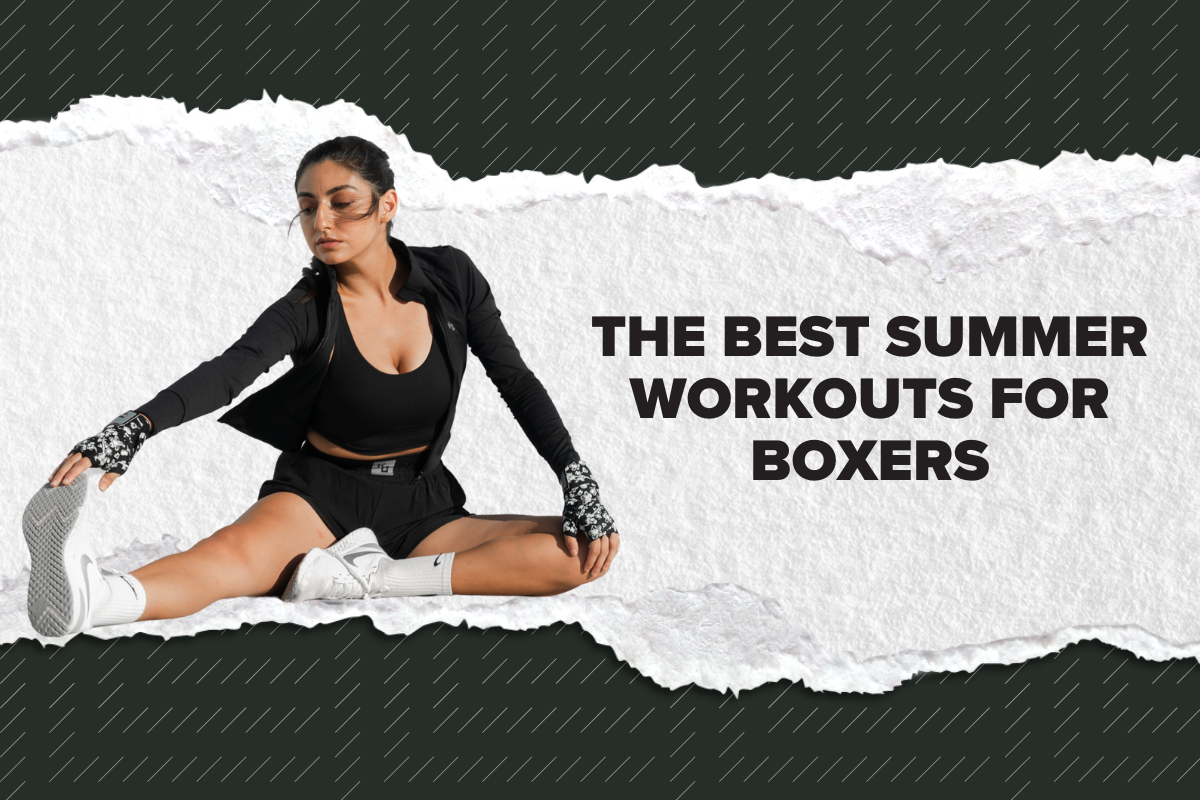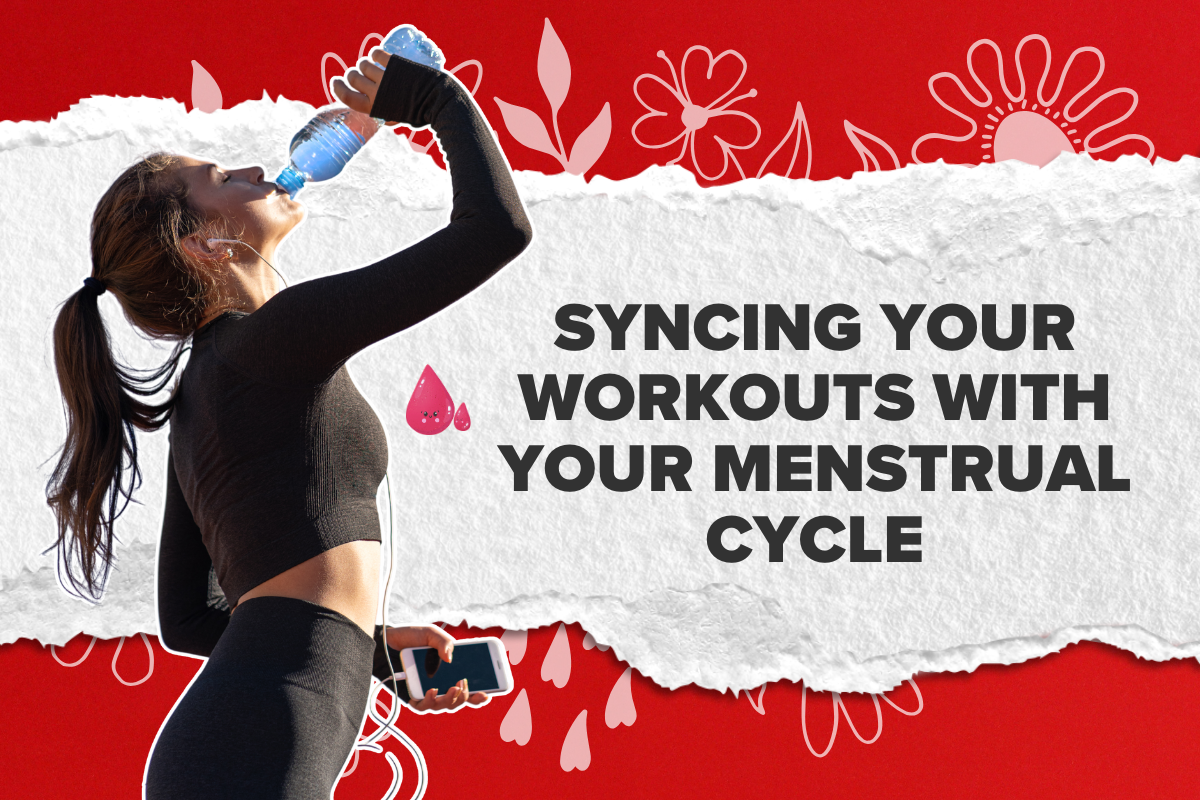The Science Behind Cardio: Why It’s More Than Just a Workout
When we talk about cardio, we aren’t just sweating for the sake of breaking a sweat—there’s some serious science behind every mile we run, every step we climb, and every beat of our hearts. Here’s what’s happening in our bodies:
-
Heart Health: Cardio strengthens the heart, training it to pump blood more efficiently. Over time, it lowers our resting heart rate and reduces the risk of cardiovascular diseases.
-
Oxygen Delivery: With consistent cardio, our lungs work better at delivering oxygen to muscles. This boosts endurance.
-
Brain Boost: Cardiovascular exercise increases blood flow to the brain, improving memory and mood by triggering endorphin release.
-
Cellular Energy: Regular cardio enhances mitochondrial function. These “power plants” in our cells create energy for everything we do.
Each heartbeat during cardio kickstarts systems designed to elevate how we function inside and out.
Boosting Endurance and Stamina: The Foundation of Athletic Success
When we step into the world of cardio, we’re diving headfirst into the secret sauce for improving endurance and stamina. Regular cardio workouts train our hearts to pump blood more efficiently, delivering oxygen to our muscles so they can work harder for longer periods. It’s like upgrading our body’s energy systems to premium fuel.
As we stay consistent, our breathing becomes more efficient too. That means less huffing and puffing during intense training or competitions. Steady cardio sessions also help us recover faster between intense bursts of activity. Whether running marathons, playing soccer, or just staying active, cardio is our ultimate stamina hack!
Enhanced Heart Health: Cardio as Your Cardiovascular Shield
When we lace up our sneakers for a cardio session, we’re not just burning calories—we’re fortifying our hearts. Cardio workouts, like running, cycling, or even brisk walking, get our blood pumping and keep our hearts strong. Regular cardio helps lower blood pressure by improving blood vessel elasticity, making it easier for our hearts to work efficiently.
It also boosts our circulation, delivering oxygen and nutrients throughout our bodies. Plus, it reduces levels of bad cholesterol (LDL) while increasing good cholesterol (HDL). Think of it as armor—protecting us against heart disease and ensuring our cardiovascular system can keep up with life’s demands.
Faster Recovery Times: How Cardio Supports Muscle Repair
When we incorporate cardio into our training routine, it does so much more than just improve our endurance. It actively helps our muscles recover faster after tough workouts. Here’s how:
-
Boosted Blood Flow: Cardio increases circulation, delivering oxygen and nutrients to tired muscles, which speeds up tissue repair and reduces soreness.
-
Waste Removal: Improved blood flow clears out metabolic waste, like lactic acid, that builds up during exercise, helping us feel ready sooner.
-
Elevated Hormones: Activities like running or cycling release growth hormones that promote muscle healing and regeneration.
By integrating cardio, we create the ideal environment for recovery and muscle growth.
Mental Clarity and Stress Reduction: The Emotional Benefits of Cardio
When we hit a good cardio session, our brain gets a huge boost. The release of endorphins, those “feel-good” chemicals, turns our mood around almost instantly. It’s like hitting the refresh button for our minds. We’ve all been there—feeling weighed down by stress or brain fog—and suddenly, a run or a bike ride clears the cobwebs.
Plus, cardio helps lower cortisol, the stress hormone, so we feel calmer afterward. It’s also a great chance to focus, zone out, or even solve problems. The strides we make in physical activity often lead to mental breakthroughs.
Improved Metabolism: Revving Up for Optimal Performance
When we lace up for a good cardio session, we're doing more than burning calories in the moment—we're giving our metabolism a serious boost. Cardio gets our heart pumping and increases oxygen flow, which in turn encourages our bodies to burn more energy, even after we’ve finished working out. This afterburn effect, called excess post-exercise oxygen consumption (EPOC), helps keep our engines running at a higher gear.
Plus, regular cardio enhances how our bodies utilize and store energy. We become more efficient at turning carbs and fats into fuel, which means sustained energy for those intense training sessions or long runs.
Better Sleep Patterns: Unlocking Restorative Recovery
When we commit to regular cardio, our sleep quality doesn’t just subtly improve—it often transforms. Cardio encourages the release of serotonin, which helps regulate our sleep-wake cycles and promotes deeper, more restorative sleep. That post-workout fatigue? It’s actually our body preparing for better rest later.
Studies show that consistent aerobic exercise reduces symptoms of insomnia and helps us fall asleep faster. Plus, cardio lowers stress hormones like cortisol, making it easier to unwind at night. By enhancing blood flow and oxygen levels, we set the stage for our body to fully repair itself during deep sleep cycles.
Strengthening Immune Function: Your Body’s Best Defense
When we engage in regular cardio, we’re giving our immune system a serious boost. Here’s the deal: aerobic exercises like running, cycling, or swimming get our heart pumping, which increases circulation. This helps immune cells—like white blood cells—move faster throughout the body, enhancing their ability to detect and fight off infections.
Plus, cardio reduces stress hormones like cortisol. Why does this matter? Chronic stress weakens our immune system, so keeping stress in check makes us less prone to getting sick. Let’s not forget, improved lung function from cardio means we’re better equipped to fend off respiratory illnesses too! Win-win, right?
Long-Term Joint Health and Mobility: Protecting Your Future
When we think of cardio exercises, we often picture heart health, but guess what? They’re a game-changer for our joints too. Regular low-impact cardio, like swimming, cycling, or walking, keeps our joints moving smoothly by boosting blood flow and reducing stiffness. Over time, this helps ward off wear and tear from aging or overuse. Plus, cardio helps us maintain a healthy weight, which means less stress on our knees, hips, and ankles. It’s like giving our joints their very own personal trainer. Let’s invest in joint health now so we can move freely for years to come!
Cross-training Companion: Cardio as a Secret Weapon for Multi-Sport Athletes
When we think about excelling across multiple sports, versatility is key, and cardio is like our secret weapon in the arsenal. It revs up our endurance, letting us stay strong across diverse workouts and competitions. For example, runners benefit from cycling to build stamina without overloading joints, while swimmers might hit the track to strengthen their lungs.
Cardio also helps us develop better breath control and recovery times, which translates into quicker transitions between sports. By mixing cardio with sport-specific training, we create a balanced routine that keeps us agile, explosive, and ready for anything.
Tailoring Cardio to Your Goals: Finding the Perfect Balance
When it comes to cardio, one size doesn’t fit all. We’ve got to zero in on what works best for our personal goals. Are we looking to boost endurance? Shed a few pounds? Improve athletic performance? The type, intensity, and duration of our cardio sessions should match the results we’re chasing.
-
For endurance: Longer, steady-state cardio sessions like biking or jogging are ideal.
-
For fat loss: High-intensity interval training (HIIT) can maximize calorie burn.
-
For performance: Sport-specific drills and mixed cardio can sharpen skills.
By mixing styles, we can keep things interesting while avoiding burnout. Let’s listen to our bodies and adapt as needed!
The Hidden Link Between Cardio and Longevity in Athletes
We often focus on cardio fitness for endurance or speed, but did you know it’s tied to living longer? Studies show that regular cardio strengthens our heart, improving blood circulation and lowering the risk of cardiovascular diseases. By enhancing oxygen delivery to tissues, we reduce overall body stress.
Additionally, cardio helps regulate blood pressure, cholesterol, and inflammation—all factors associated with aging. Over time, this reduces chances of chronic illnesses like diabetes or heart attacks.
Let’s not forget that cardio also supports mental well-being. Mental health and physical health go hand in hand for a longer, healthier life.








